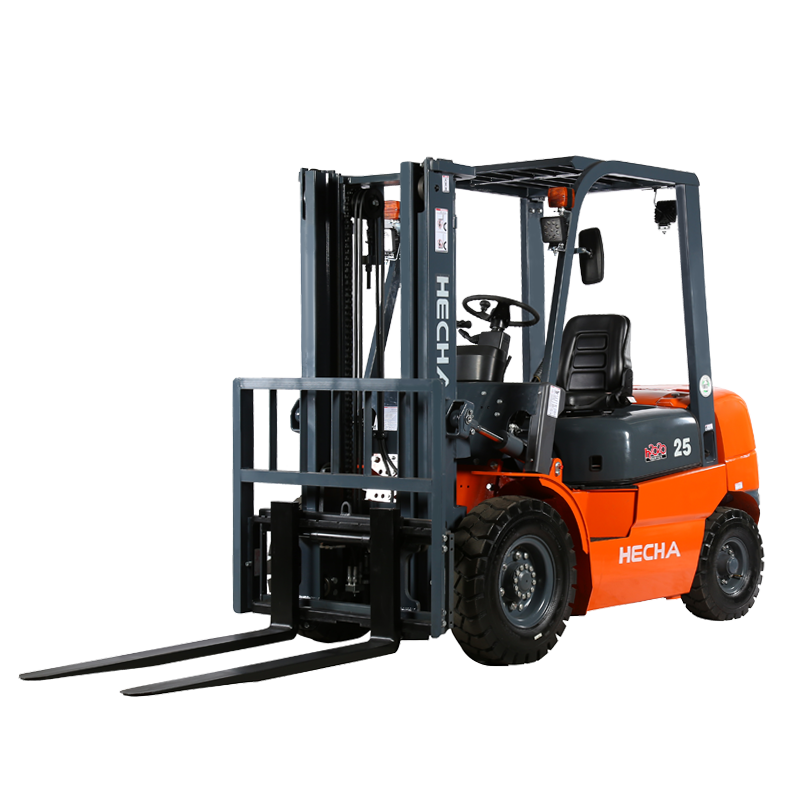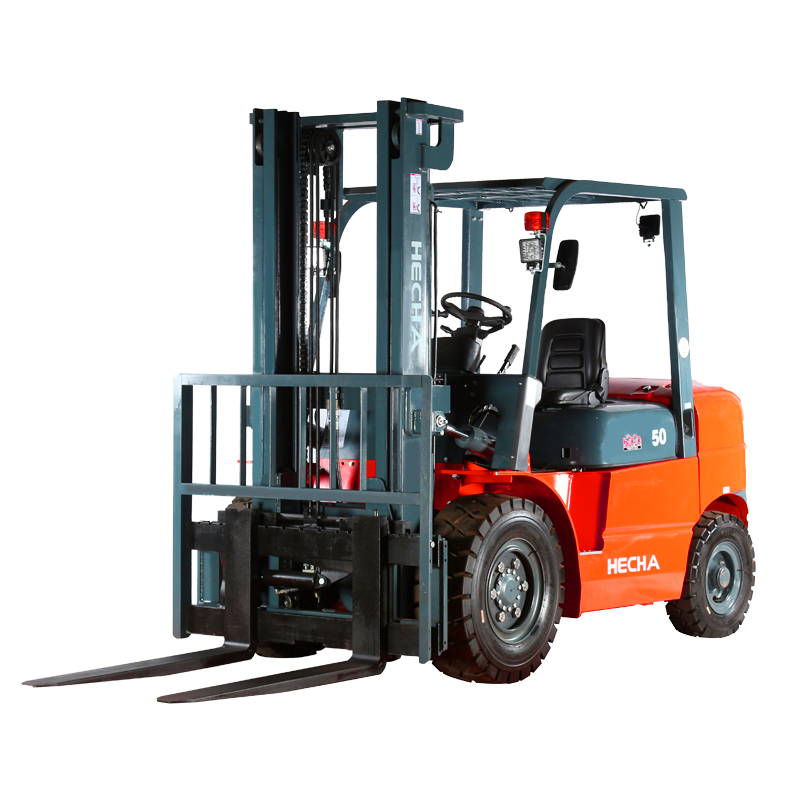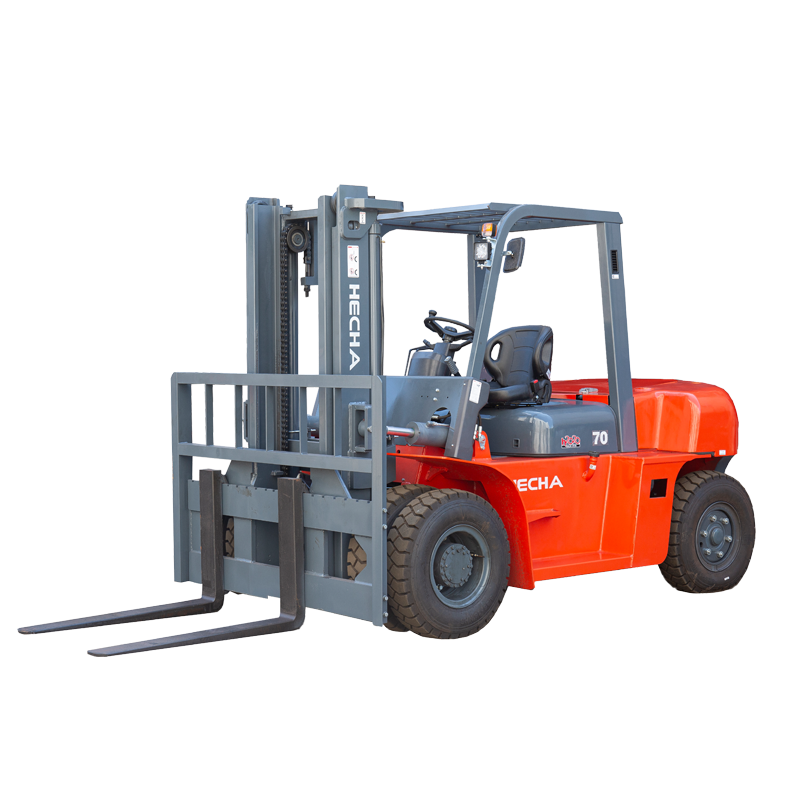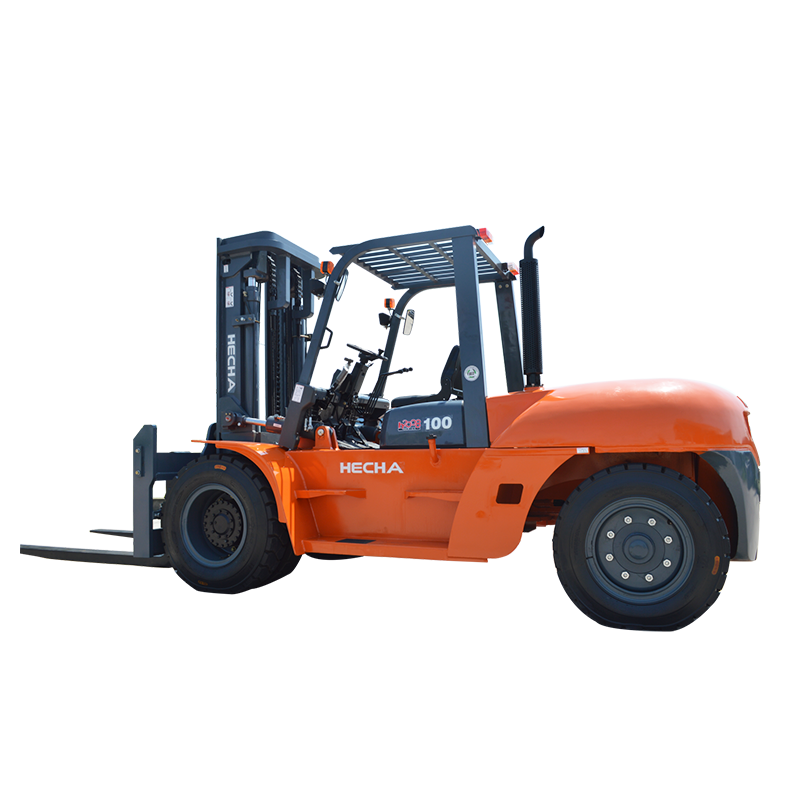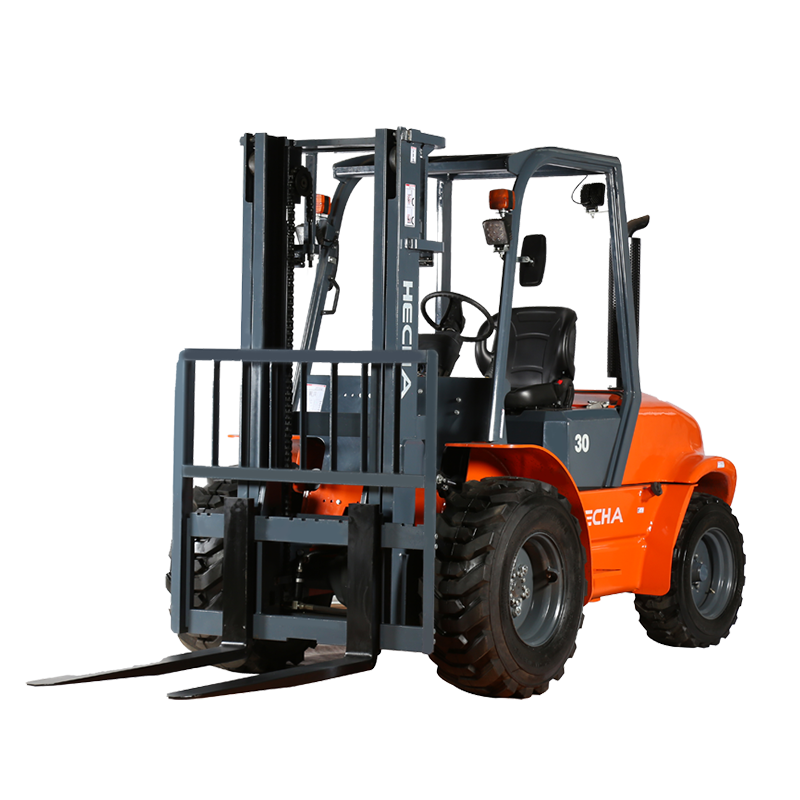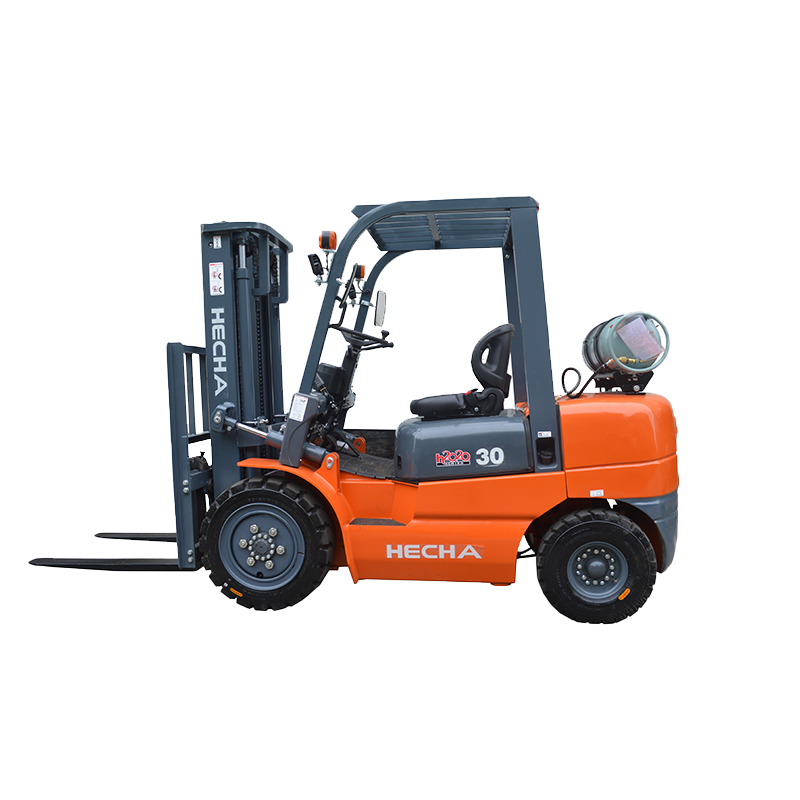The counterbalance type electric stacker is a widely used material handling equipment in modern warehouses, offering significant improvements in operational efficiency. Unlike traditional manual handling or other types of forklifts, this equipment combines electric power with a counterbalanced design, allowing for smoother, faster, and more precise load management.
Enhanced maneuverability in tight spaces
One of the primary advantages of a counterbalance type electric stacker is its ability to operate efficiently in confined spaces. The counterbalance mechanism eliminates the need for outriggers or extending arms, allowing the machine to handle loads without requiring additional space for stabilization. This makes it particularly useful in warehouses with narrow aisles or high-density storage layouts. Operators can easily navigate around obstacles, reducing the time spent repositioning loads and improving overall workflow.
Reduced physical strain on workers
Manual material handling can lead to fatigue and injuries, slowing down operations. A counterbalance type electric stacker minimizes physical exertion by automating lifting and transporting tasks. Workers can operate the machine with minimal effort, reducing the risk of musculoskeletal injuries and increasing productivity over long shifts. By lowering physical strain, warehouses can maintain consistent efficiency without compromising worker well-being.
Faster load handling and transportation
Electric-powered stackers provide consistent speed and acceleration, allowing for quicker load movements compared to manual alternatives. The counterbalance design ensures stability even at higher speeds, reducing the risk of load spills. Additionally, features such as smooth acceleration and regenerative braking contribute to efficient energy use, enabling longer operation periods without frequent recharging.
Improved load stability and safety
The counterbalance mechanism ensures that the weight of the load is offset by the machine’s own weight distribution, preventing tipping. This stability is crucial when handling heavy or unevenly distributed loads. Furthermore, modern counterbalance type electric stackers often come with safety features such as automatic braking, anti-rollback systems, and emergency stop functions. These features reduce accident risks, minimizing downtime caused by load damage or operator injuries.
Energy efficiency and lower operational costs
Electric stackers are more energy-efficient than their internal combustion counterparts, with lower fuel and maintenance costs. The counterbalance type electric stacker, in particular, benefits from regenerative braking systems that recover energy during deceleration. This extends battery life and reduces the frequency of recharging. Over time, the reduced energy consumption translates into significant cost savings for warehouse operations.
Versatility in handling different load types
Whether dealing with pallets, containers, or irregularly shaped loads, the counterbalance type electric stacker provides reliable performance. Its adjustable forks and lift heights accommodate various storage configurations, from floor stacking to low-level shelving. This adaptability eliminates the need for multiple specialized machines, streamlining warehouse equipment requirements.
Reduced noise pollution for better work environments
Unlike diesel or gas-powered forklifts, electric stackers operate quietly, contributing to a more comfortable work environment. Reduced noise levels improve communication among workers and minimize disruptions in noise-sensitive areas, such as cold storage or distribution centers with adjacent office spaces.
Easier operator training and adoption
The intuitive controls of a counterbalance type electric stacker make it easier for operators to learn and master compared to more complex machinery. Shorter training periods mean that new employees can become productive faster, reducing onboarding costs and operational delays.
Long-term durability and reduced maintenance
Electric stackers have fewer moving parts than combustion-engine alternatives, leading to lower wear and tear. The counterbalance design further enhances durability by distributing mechanical stress evenly. Routine maintenance is simplified, with fewer oil changes, fuel system checks, or exhaust system repairs required.
Integration with warehouse management systems
Advanced counterbalance type electric stackers can be equipped with IoT-enabled sensors and telematics for real-time monitoring. This integration allows warehouse managers to track equipment usage, optimize routes, and schedule maintenance proactively. By leveraging data-driven insights, warehouses can further enhance efficiency and reduce unexpected downtime.
The counterbalance type electric stacker plays a crucial role in modern warehouse operations by improving maneuverability, safety, and energy efficiency while reducing physical strain on workers. Its versatility and ease of use make it an indispensable tool for businesses looking to optimize material handling processes. As warehouses continue to evolve toward automation and smarter logistics, the counterbalance type electric stacker remains a key component in achieving higher productivity and operational excellence.
Key benefits at a glance
| Feature | Benefit |
|---|---|
| Compact design | Improved navigation in narrow aisles |
| Electric power | Lower operational costs and emissions |
| Counterbalance stability | Safer handling of heavy loads |
| Reduced noise | Better work environment |
| Quick adoption | Faster operator training |
| IoT compatibility | Smarter fleet management |
By adopting counterbalance type electric stackers, warehouses can achieve a more streamlined, cost-effective, and sustainable workflow, ensuring long-term competitiveness in the logistics industry.

 English
English 中文简体
中文简体 русский
русский Français
Français Español
Español


